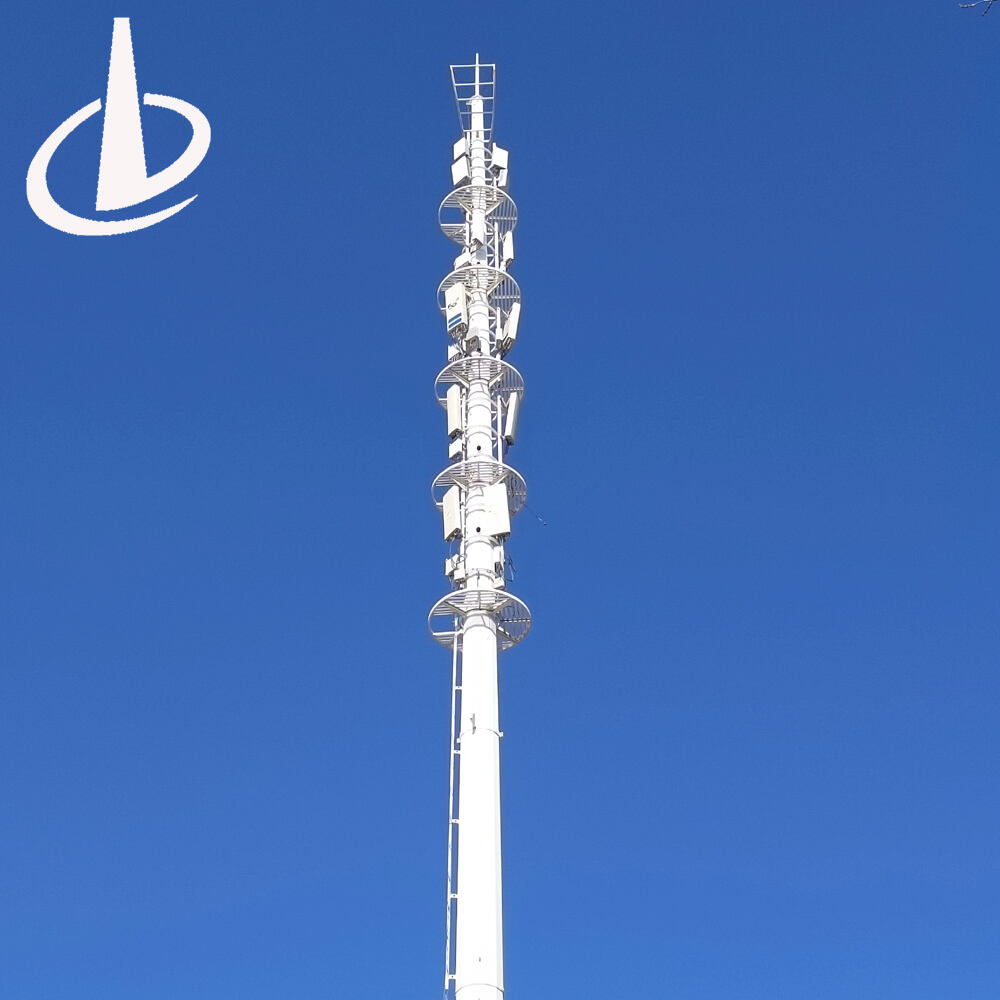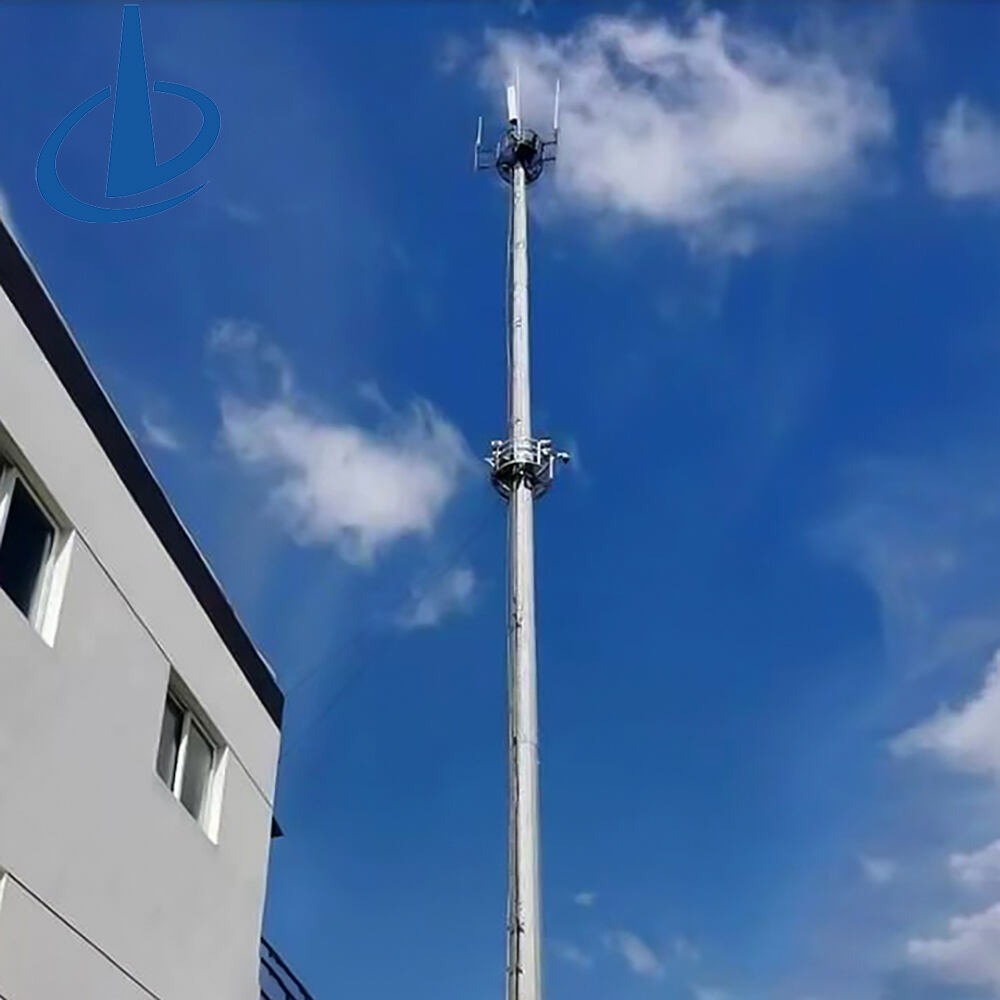network signal tower
A network signal tower is a vital telecommunications infrastructure that serves as a cornerstone of modern wireless communication systems. These towering structures, ranging from 50 to 200 meters in height, are strategically positioned to transmit and receive radio frequency signals, enabling seamless connectivity for mobile phones, internet services, and various wireless communications. The tower's design incorporates advanced antenna systems, signal amplifiers, and sophisticated transmission equipment that work in concert to maintain reliable network coverage across vast geographical areas. Each tower is equipped with multiple directional antennas that can be adjusted to optimize signal strength and coverage patterns. The infrastructure includes backup power systems, lightning protection, and climate control units to ensure uninterrupted service regardless of environmental conditions. Modern network signal towers employ cutting-edge technologies such as Multiple Input Multiple Output (MIMO) systems, which significantly enhance data transmission capacity and network efficiency. These towers also facilitate the implementation of various network technologies, from 2G to 5G, supporting the evolution of wireless communications while maintaining backward compatibility for older devices.


